Boundaries Aren’t for Pushing
When you see the word “boundaries,” does that make you feel a little anxious? Setting boundaries is often like eating our vegetables or going to the gym: we know it is good for our health, but we really don’t want to do it. In my own horse journey, I had a hard time setting boundaries because I assumed it meant being “mean.”
In reality, though, boundaries are remarkably helpful — and healthy — for humans and horses. They’ve actually become one of my favorite topics to talk about when it comes to horsemanship, bonding, and training. Instead of creating separation and division in relationships, proper boundaries actually help create deeper bonds.
When it comes to our horses, boundaries are a catalyst for true partnership.
For example, if your horse thinks he’s in charge at home, he’ll will still think he’s in charge when you head off for a trail ride. Now imagine his thought pattern if he comes across a scary mountain biker on the trail. Instead of relying on you for direction and reassurance, he’ll do what he thinks is best (e.g. bolting, spooking, or rearing).
By contrast, when your horse knows and trusts that you are the leader, he will be conditioned to follow your lead about whether something is actually scary — and what he needs to do next.
The more consistent you are with boundaries, the more your horse will look to you for answers, instead of trying to figure things out on his own.
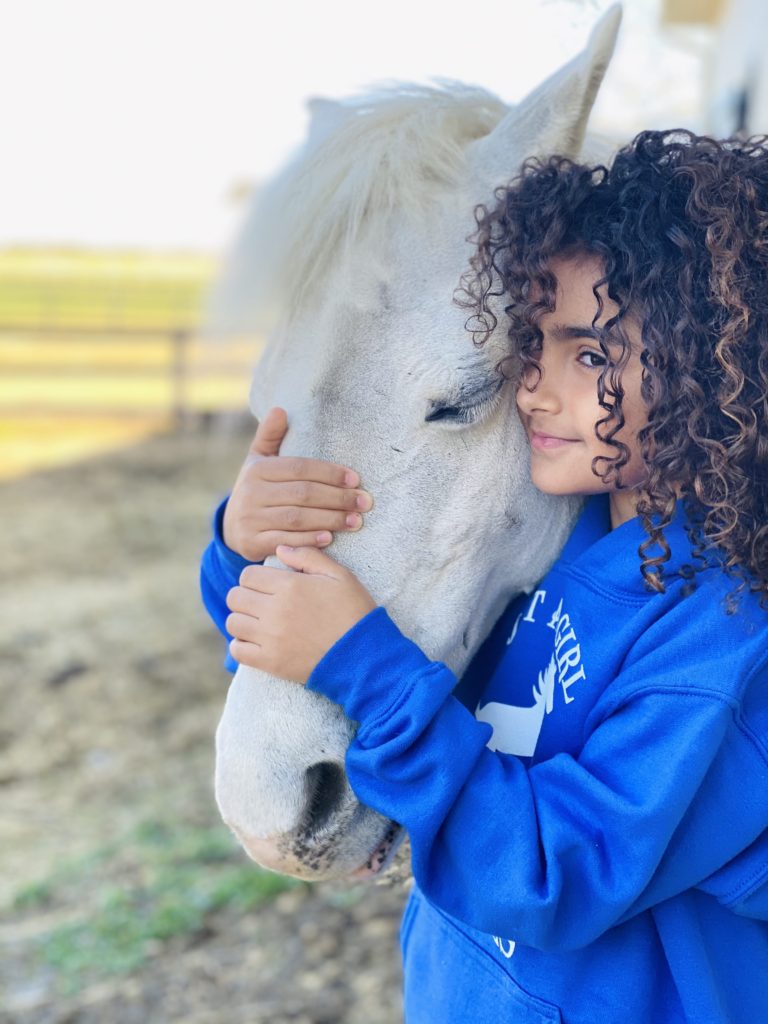
Credit: Johanna & Bunny
Wanted: A Better Bond
We all want to feel a strong bond with our mounts. Regardless, as with good human relationships, it won’t “just happen.” Forging a bond with your horse requires being intentional and introspective.
In this segment of our Bonding 101 series, we’re going to discuss
how to establish boundaries for your horse.

Components of a Better Horse Bond
We’ll highlight two important considerations.
- Identify Your Boundaries: Decide your safety and personal space preferences, as well as your pet peeves.
- Teach Them to Your Horse: Clearly explain your expectations, repeatedly and consistently.
Read on to learn how you can build a stronger bond with your equine partner by communicating and enforcing your boundaries.
Identify Your Boundaries
Boundaries are often a little uncomfortable to talk about. For me, boundaries felt like confrontations, which meant conflict, which meant that people and horses were not going to want to be around me… right?
What I found, however, is that when I finally approached boundaries with intentionality, they revolutionized my human AND equine relationships. The more I practiced, the easier it was to create a space where we could all feel safe in partnership.
Fundamentally, boundaries are about defining where the line is drawn between what’s acceptable behavior and what’s unacceptable.
Begin the Conversation
With a human, an example would be be addressing a friend who curses frequently. You might say, “Hey. You know this is really affecting my relationship with you. It’s makes me want not want to be around you, and I need your language to change if we’re going to keep hanging out.”
So what do boundaries look like with our horses?
A simple example is that your horse should never walk ahead or past you when you’re leading him. Not only is this unsafe behavior that can snowball into more dangerous habits, it also undermines your leadership.
Your horse is essentially saying, “I’m the boss. I’ll do whatever I want.”
The same goes with mouthy horses or those that bite. We don’t want to be around them because they don’t respect us or behave safely in our presence. But there’s good news.
As herd animals, horses want to know what behavior is acceptable.
Clear boundaries are comforting to them. They understand 1) who the leader is (you), 2) they don’t need to be the leader, and 3) there is a well-defined space and structure that allows you to coexist in peace.
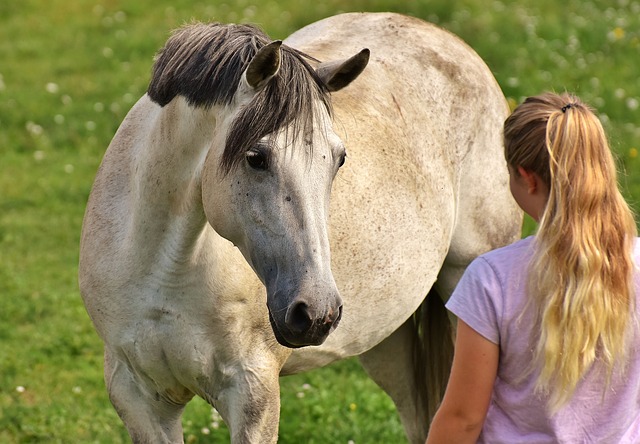
Source: Pixabay
Draw Your Lines
This may seem obvious, but few people actually think through exactly where/what your boundaries are. Have you truly defined what’s acceptable behavior from your horse and what isn’t?
Start with this list of common behaviors. Which are OK with you?
- Standing or walking in your personal space
- Rubbing face on you after you remove the bridle
- Checking your pockets for treats
- Pawing in the cross-ties
- Moving away when you go out to catch them
- Lagging or weaving behind you while being led
- Sneaking grass while you’re riding
- Nipping when you tighten the girth
- Putting head up in the air while you’re trying to bridle
Boundaries aren’t the same for everyone, and some people are more lax about certain behaviors than others.
Write down a list of your top 20 unacceptable behaviors — big and small.
Here are a few of mine:
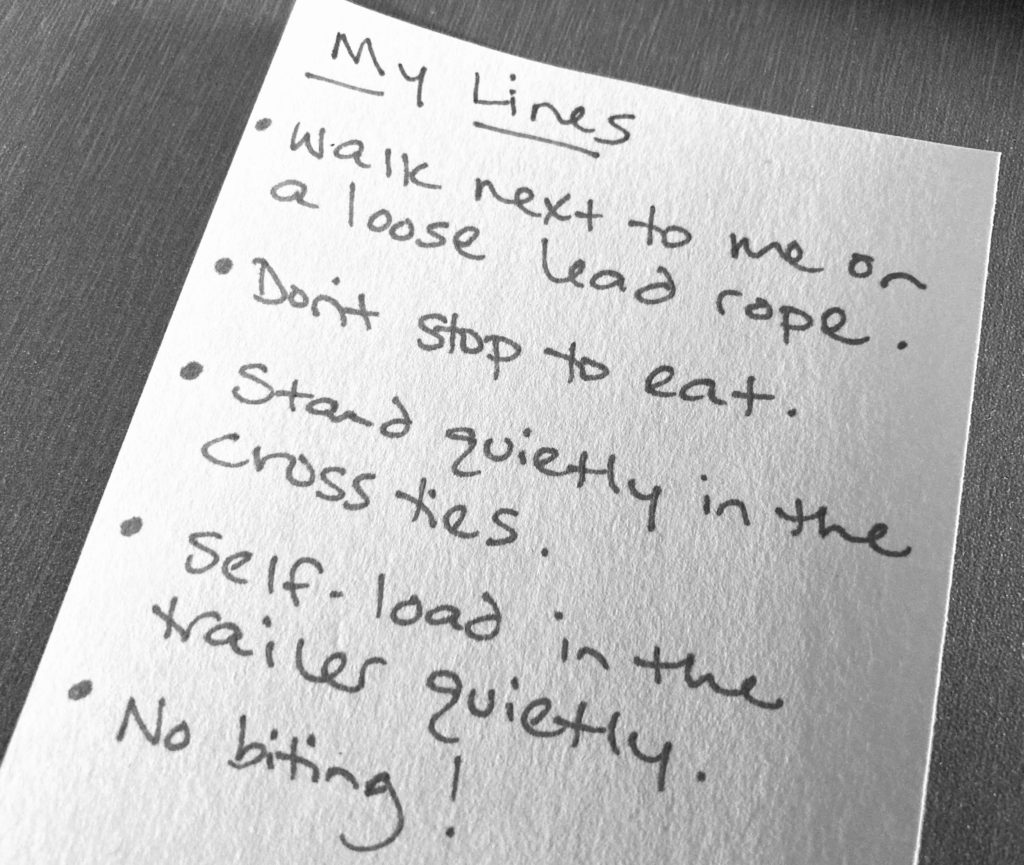
Keep Things in Perspective
If you’ve never taken time to watch horses out on their own, do so. You’ll soon be able to tell how the hierarchy works in your horse’s herd. Boundaries are a constant presence, and they are enforced.
The horse in charge clearly define what is — and isn’t — acceptable behavior.
Horses that are lower in the pecking order are not allowed to eat first, drink first, or take the prime shady spot in the shelter. They are not allowed to bite or kick the lead horse.
What happens if less dominant horses push on the boundaries? The boss mare or gelding will remind them with ears back, a look of disapproval, nips, kicks, bites, and other behaviors.
Herd dynamics revolve around boundaries, so no wonder horses seek them from humans, too.
Teach Them to Your Horse
Now we’ve considered what our boundaries are and have written them down. Next, we need to communicate those boundaries repeatedly and consistently to our horse. (This is called good training.)
Boundaries Aren’t Suggestions
The hardest part of boundaries is committing to them. True boundaries don’t change — not from laziness nor because your horse tries to convince you they’re unreasonable.
Changing the rules will only confuse your horse.
You may walk your horse through a field to the barn. Are you OK with your horse stopping to graze along the way? Some people are strict about it, some people are not. This example is pretty benign as far as horsemanship goes, but changing your mind every time you head to the barn will only confuse your horse.
How is he supposed to know he isn’t allowed to stop and graze if you only tell him that 75% of the time?
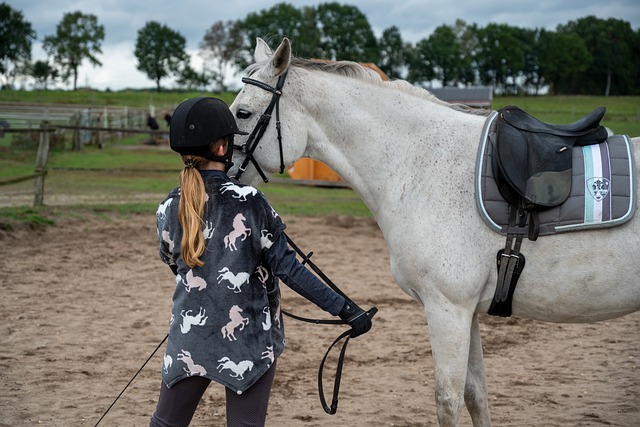
Source: Pixabay
The stakes are raised when you get in the saddle. Cues need to be clear and consistent versus communicating “I’m OK with this, but now I’m not OK with it. Well, now I guess it’s fine.”
Uncertainty leads to tension. Consistency leads to confidence.
For example, I’ve been working on boundaries with a horse named Rose. She tended to rush past me while I was leading her, and it felt like a really big power struggle to change that behavior. She’s a naturally fearful horse, and she had a tendency to “take over” and be in charge all the time.
By rushing past me on the lead rope, she was trying to take charge of the situation and ignoring whether I said it was acceptable to go forward or not.
She wasn’t following my leadership because she didn’t truly believe I was the leader.
After consistent training — reminding her that she needed to stay next to me — she now stands and walks quietly beside me with respect for my personal space. She’s a completely transformed horse because she understands 1) I’m leader and 2) she doesn’t need to be the leader, and 3) certain boundaries are in place to keep the peace between us.
Evaluate and Adjust
The last thing that I want to talk about with boundaries with our horses the importance of evaluating progress. After a few weeks of working on your list of boundaries, stop to review how it’s going. Ask yourself:
- How tense is my horse?
- Is my horse relaxed around me?
- Is my horse displaying dominant behaviors?
- Does he seem confused, anxious, or unsure?
- How often do I have remind my horse what’s acceptable?
If your horse seems calm and relaxed around you, and doesn’t need many reminders, your boundaries are working. If your horse still seems tense or resistant, don’t give up. Continue being consistent and clear about the “new rules,” and he will catch on over time.
Once your horses knows what you like and don’t like, he can rest easy. From a herd mentality, being at rest requires being at peace with the leader and his or her rules.
Frequently Asked Questions
How do you keep a horse out of your space?
If you have a horse that just won’t stay out of your bubble, you need to work on groundwork and respect. Teach him to back up from the ground, because you have to be able to communicate effectively that he needs to move AWAY from you when asked. Also work on teaching your horse to yield forequarters and hindquarters, because he will have to understand those cues as well.
If your horse is crowding you as you’re leading him, work on correcting him and directing him to a normal distance. Be prepared and be quick, because he needs to connect getting too close with getting “pushed” away. Once you’ve done enough groundwork and your horse has learned to move away when you tell him, getting him to respect you and your bubble will be easier. If you are unsure how to start groundwork you should find a reputable trainer to assist you.
How do I get my horse to back up on the ground?
Horses can be trained in different ways to back from a handler on the ground. This action actually takes training, so don’t expect an inexperienced horse to understand your cues.
Many people train their horse to back when they face them and shake the lead rope or lunge line gently. Some people also train them to back when they are tapped with a whip or crop gently on their chest. You may also tell them to back up by applying pressure on the halter or bridle that is relieved when they step backwards.
Whichever way you choose, make sure you are consistent and clear so that you aren’t just frustrating your confused horse. As with everything else in horse training, you need to regularly work on this skill, so that your horse stays responsive.
Why is my horse aggressive toward me?
There are many causes of horses being aggressive toward their handler. Pain or fear is commonly the reason and can cause horses to lash out in an effort to protect themselves. If the horse is experiencing frustration or confusion they may also act aggressively.
Another huge reason for aggression in horses is the desire to control resources. There is no such thing as an “alpha” horse and that idea was debunked years ago. A horse may show signs of aggression to another horse, or their handler, if they want to control access to a resource such as water, food, other horses, or more.
Horses can also learn to act aggressively toward humans if they’ve gotten rewarded for it in the past. If your horse was not in the mood to work and you left when they pinned their ears, they will probably figure out it gets them out of doing work!
What is the most aggressive horse breed?
No breed of horse is considered aggressive, but some breeds, or bloodlines within breeds, may have reputations for being hot and “intense.” Thoroughbreds and Arabians may have a reputation for being reactive and energetic, but this is not universal across all individuals, and much of their behavior can be related to how they were trained or handled.
Certain Quarter Horse bloodlines are considered to have bucking issues or stubbornness, but there is some debate about how much these qualities travel through generations.
Much of a breed’s reputation comes from a self-fulfilling prophecy or poor handling. Breeds that require more exercise or mental stimulation will become stressed if those needs aren’t met. The horse breed may not be aggressive, but a stressed horse certainly can be.
What does it mean when a horse stomps his front foot?
Horses may paw with one of their front feet, and this is usually because they are bored, impatient, or stressed. When your horse starts pawing while standing at the cross-ties, they may be showing that they’re ready to get going. He might also paw if he’s waiting for food and getting impatient, or is experiencing another type of stress.
On rare occasions a horse may paw aggressively, but there are generally other cues like pinned ears.
If a horse is just simply stomping a foot occasionally, they may be reacting to an insect or other irritation. If you are the one irritating your horse, they may be trying to communicate this with you in an effort to get you to stop. Or, check for pesky flies!
Go Forth and Flourish
Only once clear boundaries are in place, and fair reminders and corrections are used to enforce them, will your horse-human bond truly begin to solidify. In the same way that a home needs walls and a roof, a partnership needs boundaries to create a safe space for learning and great memories.
Next time you head to the barn, take your list of boundaries that you and your horse need to work on. When it comes to boundaries and communication, you’ll be amazed how simply being intentional and clear will lead to progress. You’ll get there!
P.S. Enjoy this article? Trot on over to:
- Bonding 101: How to Be a Good Leader to Your Horse
- Bonding 101: How To Approach Your Horse for Success
- Bonding 101: How to Make the Most of Your Horse Time
- 3 Reasons Horseback Riding is Fun (And Worth It)
- 60 Questions to Ask When Buying Your Dream Horse

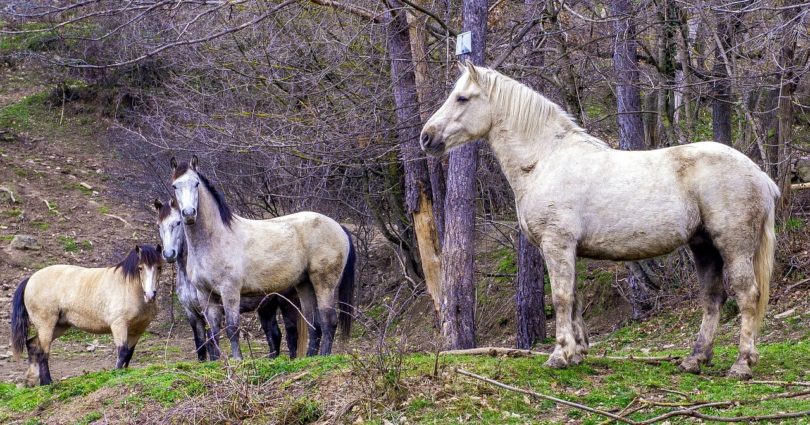


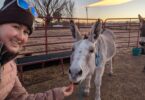
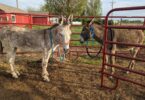



[…] Bonding 101: How to Set Healthy Boundaries for Your Horse […]
[…] Bonding 101: How to Set Healthy Boundaries for Your Horse […]